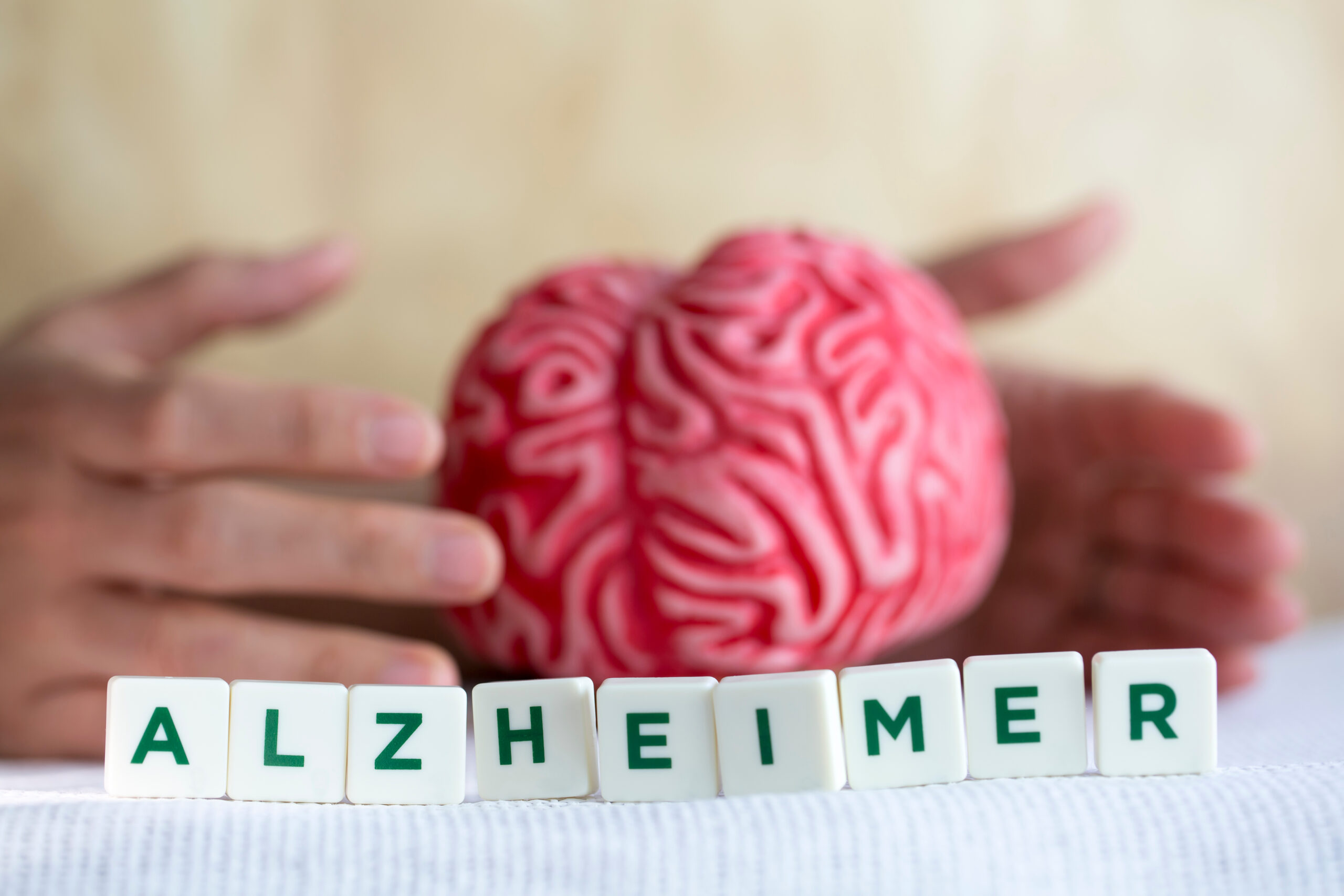How Technology is Helping Alzheimer Patients and Caregivers
**How Technology is Helping Alzheimer Patients and Caregivers**
Alzheimer’s disease is a condition that affects millions of people worldwide, causing memory loss, confusion, and difficulty with daily tasks. For those living with Alzheimer’s, and their caregivers, technology is emerging as a powerful tool to improve their quality of life.
### Helping Alzheimer Patients
**Reminders and Safety**
One of the biggest challenges for people with Alzheimer’s is remembering important tasks like taking medication or attending appointments. Digital assistants like Amazon Alexa and Google Assistant can help with this. These devices can remind patients to take their medication, attend appointments, and even perform everyday tasks when caregivers are not around. This helps patients maintain some control over their lives.
**Engagement and Companionship**
Alzheimer’s patients often experience loneliness and isolation, especially in the later stages. Digital assistants can provide companionship by engaging patients in activities like trivia games, music, and storytelling. They can also participate in simple discussions, play preferred music, or tell personalized stories based on previous inputs, which can establish a sense of comfort.
**Safety Monitoring**
Advanced digital assistants with smart home connections can detect movement and provide alarms if patients abruptly leave the house or forget to turn off appliances. This ensures a safer living environment and reduces the risk of accidents.
### Helping Caregivers
**Reducing Stress**
Providing care for someone with a degenerative disease like Alzheimer’s is both emotionally and physically demanding. Digital assistants can help by managing everyday reminders and basic communication needs, freeing up caregivers to focus on more difficult parts of care or take required breaks. This reduces stress and allows caregivers to spend more quality time with their loved ones.
**Improving Communication**
Digital assistants can act as liaisons, keeping family members informed about medication adherence or behavioral tendencies. They can also detect patterns in behavior or mood, providing data-driven insights that help loved ones predict needs and communicate with healthcare specialists.
### Additional Technologies
**GPS Trackers and Home Sensors**
GPS trackers help caregivers keep their loved ones safe by locating them if they wander off. Home sensors can monitor the environment, alerting caregivers if there are any safety concerns, such as a patient leaving the house or forgetting to turn off appliances.
**Electronic Pillboxes**
Electronic pillboxes send alerts to caregivers if medication is not taken, reducing the stress of monitoring medication intake. This ensures that patients take their medication on time, which is crucial for managing the condition.
**Communication Tools**
Simple communication tools like ‘Komp’ help caregivers stay in touch with dementia patients, even when they can’t be there physically. These tools facilitate communication between patients and relatives, as well as between patients and healthcare professionals.
### Benefits and Challenges
**Benefits**
Technology offers numerous benefits for both Alzheimer patients and their caregivers. It saves time and energy, reducing worry and stress. Automated systems help caregivers be more effective in their roles, leading to a better quality of life for the person with Alzheimer’s.
**Challenges**
Despite its potential, integrating digital aids into Alzheimer’s care presents some challenges. Privacy considerations are crucial because these devices frequently rely on continuous data collection. Families need to implement security measures and transparent usage restrictions to protect sensitive information. Additionally, seniors with advanced dementia may find it difficult to accept new technologies, so support from loved ones and home care will continue to be needed.
In conclusion, technology is playing a vital role in improving the lives of Alzheimer patients and their caregivers. By providing reminders, engagement, safety monitoring, and communication tools, technology is helping to manage the condition and reduce the emotional and practical burdens on caregivers. While there are challenges to be addressed, the benefits of technology in Alzheimer’s care are undeniable, and it is likely to continue evolving to meet the needs of those affected by this condition.





